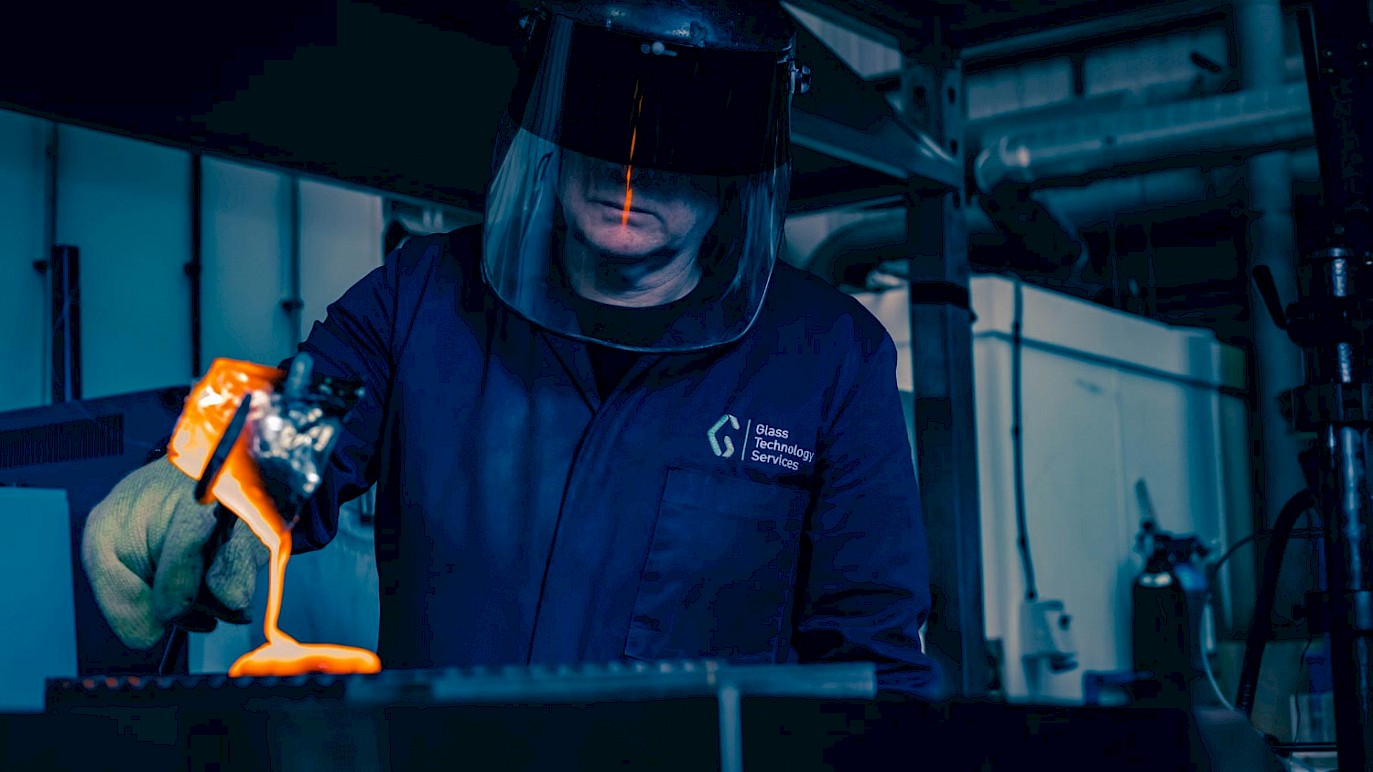
Glass is a popular packaging material and is used in sectors such as food & drink, pharmaceutical, retail & homeware, and more.
It’s one of the most eco-friendly types of packaging which is why it’s so widely used. In this article, we’ll look at what glass bottles are made from and how they’re made for packaging purposes.
What are glass bottles made from for packaging?
Glass bottles are made from a blend of raw materials that, when melted together, create a durable and transparent material that can be used for packaging a wide range of products.
The primary materials include:
- Silica sand (silicon dioxide): this is the main component of glass, making up around 70-75% of the finished product. It provides glass with its strength and structure.
- Soda ash (sodium carbonate): this material lowers the melting point of silica and makes the glass-making process more energy-efficient and makes up about 15% of the finished product.
- Limestone (calcium carbonate): acts as a stabiliser to enhance the durability and chemical resistance of the glass.
- Alumina, magnesium oxide and metal oxides: these materials are included in different qualities to improve specific properties such as colour, durability, and resistance to chemical reactions.
How are glass bottles made? A step-by-step guide
The process of making glass bottles for packaging involves several critical stages. Here is a detailed step-by-step guide to the manufacturing process:
Step one: Raw material preparation
The primary raw materials for making glass bottles are:
- Silica Sand: The main ingredient, comprising about 70-75% of the glass.
- Soda Ash: Helps reduce the melting temperature of the silica.
- Limestone: Adds stability and durability to the glass.
- Recycled Glass (Cullet): Helps in reducing energy consumption as it melts at a lower temperature compared to raw materials.
These materials are mixed together in the right proportions.
Step two: Melting the raw materials together
To begin with, the raw materials (silica sand, soda ash, limestone, and other additives) are mixed together. This batch mixture is then heated in a furnace to 1700°C (3092°F) to form a molten glass mixture.
Step three: Refining and conditioning
The molten glass is then cooled to a more manageable temperature (around 1,000°C or 1,800°F) in a process called conditioning. This helps achieve a uniform temperature and consistency.
By refining the molten glass to remove air bubbles and impurities, it ensures the glass is free from defects and has a uniform consistency. The refined mixture is cooled slightly to workable temperature, which is crucial for the next step (the forming process).
Step four: Forming
The refined and conditioned glass mixture is shaped into bottles using one of two methods:
- Blow-and-blow method
- Press-and-blow method
Let’s have a look at both in more detail.
The blow-and-blow method
This method is usually used when manufacturing narrow glass containers and those that require various neck thicknesses.
It follows these steps:
- Gob formation: the molten glass is cut into gobs (small, measured amounts of glass)
- Initial blow: each gob is dropped into a black mould, and air is blown into it to form a parison (initial shape)
- Final blow: the parison is moved to a finishing mould, where air is blown again to form the final bottle shape
The press-and-blow method
This is the most widely used process for manufacturing glass bottles and is typically used to manufacture wide-mouth glass bottles and glass jars.
The steps include:
- Gob formation: in a similar way to the blow-and-blow method, gobs are formed
- Pressing: a gob is placed into a blank mould, and a plunger presses it into the shape of parison
- Blowing: the parison is transferred to a finishing mould, and air is blown to form the final bottle shape.
Step five: Annealing
Once the formation process is completed, the glass containers are transferred to an annealing lehr which gradually cools the glass products down to relieve internal stresses that could lead to shattering or cracking. This process ensures the strength and durability of the glass.
Step six: Inspection and quality control
Each bottle is rigorously inspected to check for defects such as cracks, bubbles or inconsistencies in thickness. Any bottle showing imperfections such as misshapen areas, cracks and bubbles is taken out of the batch and recycled.
Both manual and automated inspection methods are used to ensure the glass is as high-quality as possible.
The finished bottles are then cleaned, packaged and prepared to shipment to customers.
The production of glass bottles for packaging is a complex and meticulous process that transforms raw materials into durable, functional, and aesthetically pleasing containers that can be used for packaging.
Glass Technology Services: Technical glass support
Glass Technology Services is an independent test house and consultancy for the global glass supply chain. We help minimise disruptions to the manufacturing line and reduce any risks associated with introducing new products to the market.
If you’re a glass manufacturer, work in the packaging industry, or you’re a brand owner using glass packaging and want to ensure it meets industry specifications, we can help. Take a look at the sectors we work with, or contact us today with any questions or enquiries you may have.
Free webinar: The glass manufacturing process
Get access to the webinar






